My friend Luisa has a very sensitive nose. This is one of the first things I learned about her when we met three weeks ago. She sampled my gnocchi and told me it had hints of sweet potato in it. I had no idea.
Luisa’s nose has come in handy various times, like when we were in Santiago and she warned us to stay clear of a marijuana-smelling alleyway. Or that time when she recognized the scent of Peruvian food just out the window and we spent the rest of our class period gazing longingly outside.
Her uncanny ability to distinguish scents has got me thinking about the smells of Valparaíso. It is a city with a lot of different scents I’m grateful to experience. Now, where to start?
Mercado El Cardonal.
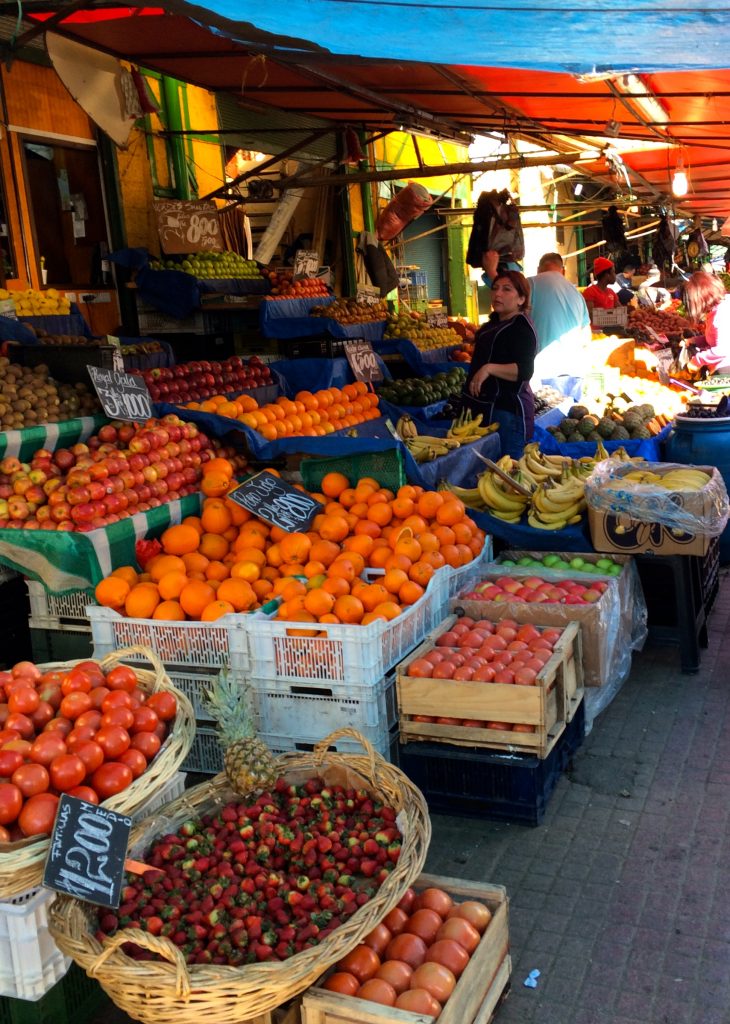

This is the big outdoor market in Valparaíso. Although a part of it is indoors, the market sprawls out across the neighboring streets until cars can no longer drive through, and every inch of sidewalk is covered with piles of fruit and vegetables, or vendors selling empañadas. I walk by on my way to class, and I get a whiff of fresh lemons. Another day, it’s bananas or eggplants that are the freshest.
The problem with the streets of Mercado El Cardonal is that at night they become dangerous. It’s a place where lots of drunks hang out. So, combine the smell of alcohol with some piss and leftover garbage scraps rotting in the gutters, and it’s not the most pleasant scent. To be honest, I’d recommend visiting during the day.
Escuela Ciencias del Mar.
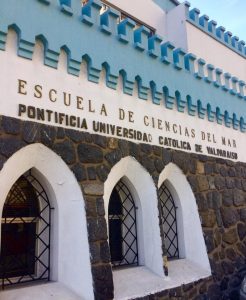
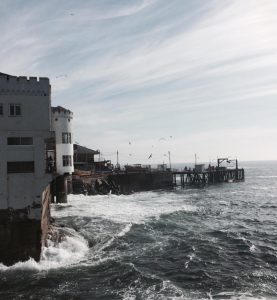
My marine biology class is in this building, and it’s my favorite because it looks like a castle. Plus there are often sea lions lounging around on the nearby rocks. We get the smells of the ocean here, a salty misty spray might even hit you if you’re studying on the outdoor patio. There’s also a large fish market nearby, so every time I come back from Escuela Ciencias del Mar, my clothes smell like fish. It’s really fresh though; the mariscos (seafood) here is the best!
Cerro Mauco.

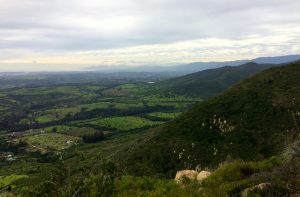
Today we hiked up a very steep “hill” about an hour away from Valparaíso. This area was home to the indigenous picunches, before being conquered by the Inca, then the Spaniards. In their native language, mau means suspended and co means water; the suspended water the name describes refers to the low-hanging clouds. While we were up there, we got a refreshing scent of rain, though the shower only lasted a few minutes. The flowers along the way also gave a pleasant aroma, and as my friend Pablo remarked, “el aire huele más fresco arriba” (the air smells fresher up here).
Mi Casa.
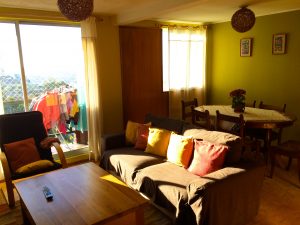
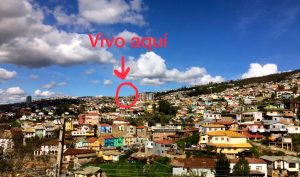
This is the hardest scent to describe. It’s definitely a homey smell, and when our nana, Elisa, is there, the kitchen is filled with delicious aromas of whatever she’s cooking. The house is always spick and span, so I’m sure the cleaning chemicals contribute, and I know the laundry detergent we use is Ariel. The funny thing is, I think I’m starting to lose the ability to distinguish the smell of mi casa. I’m starting to smell like it. It’s become a part of me.
My friends and I were talking the other day about how our houses back home don’t have a scent to us; that’s just the way we smell. Here, too, mi casa es mi casa. My house in Chile has become my home.



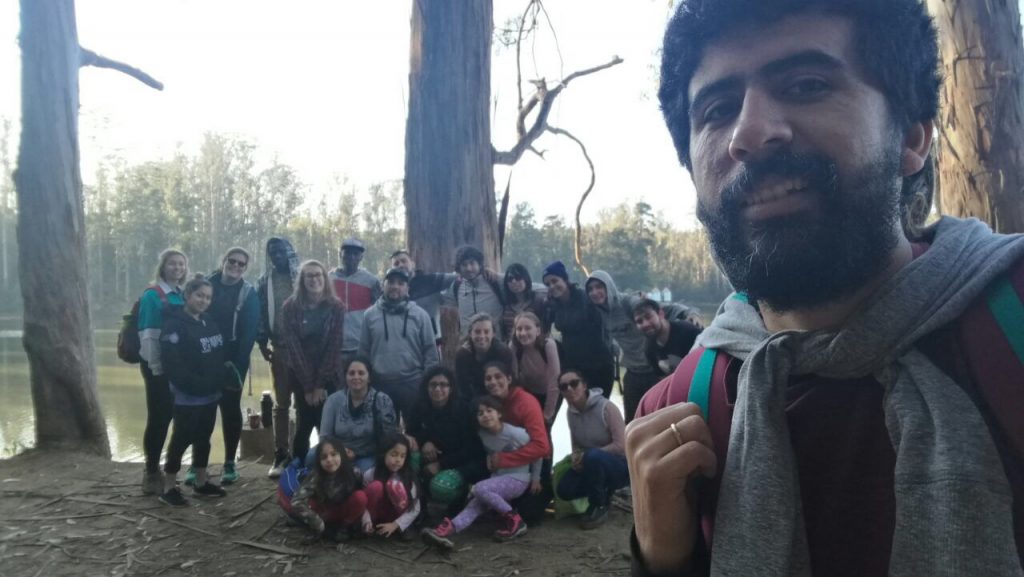
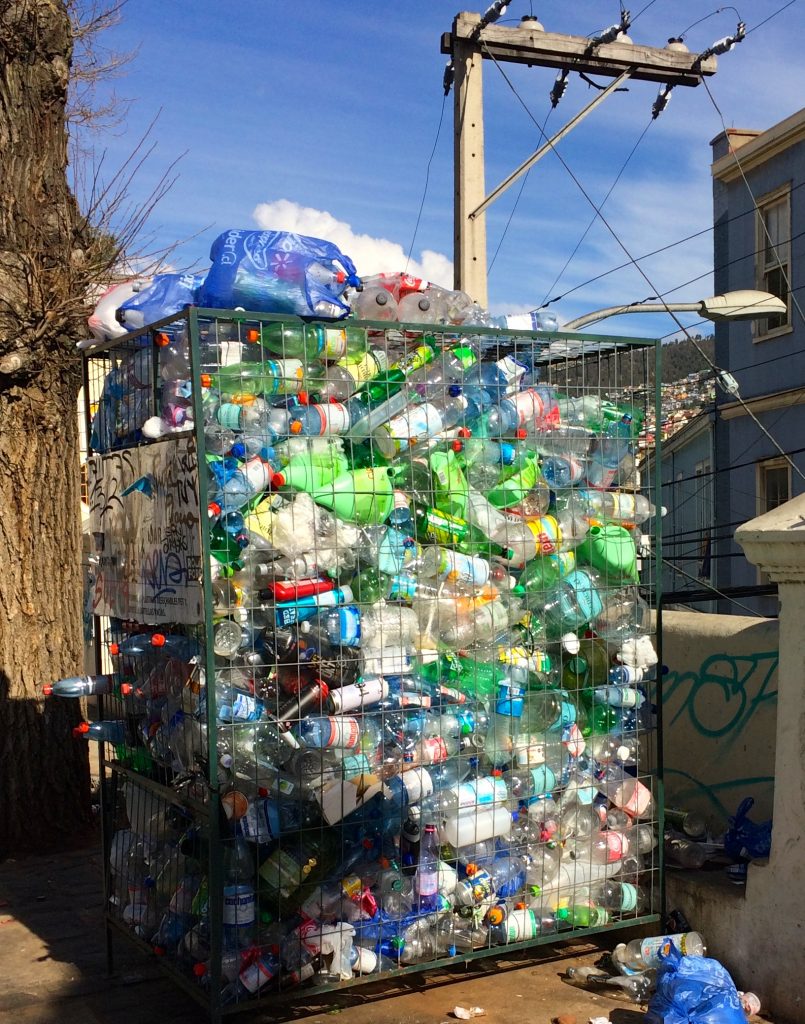


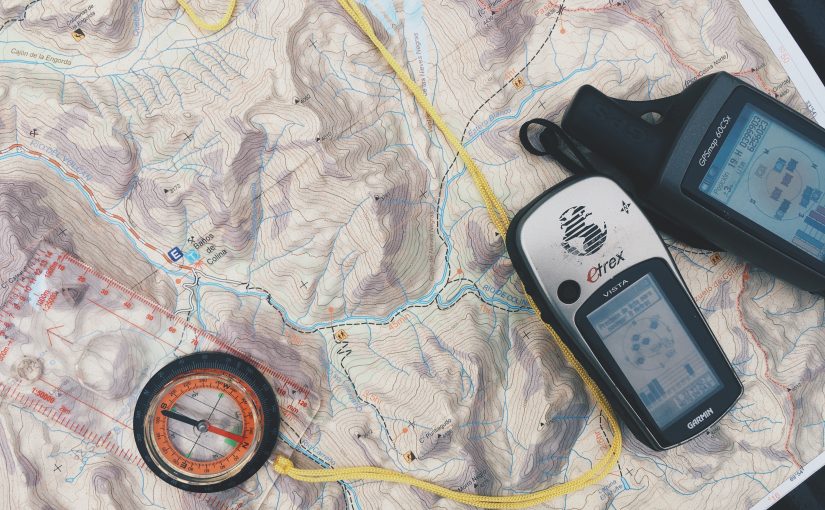
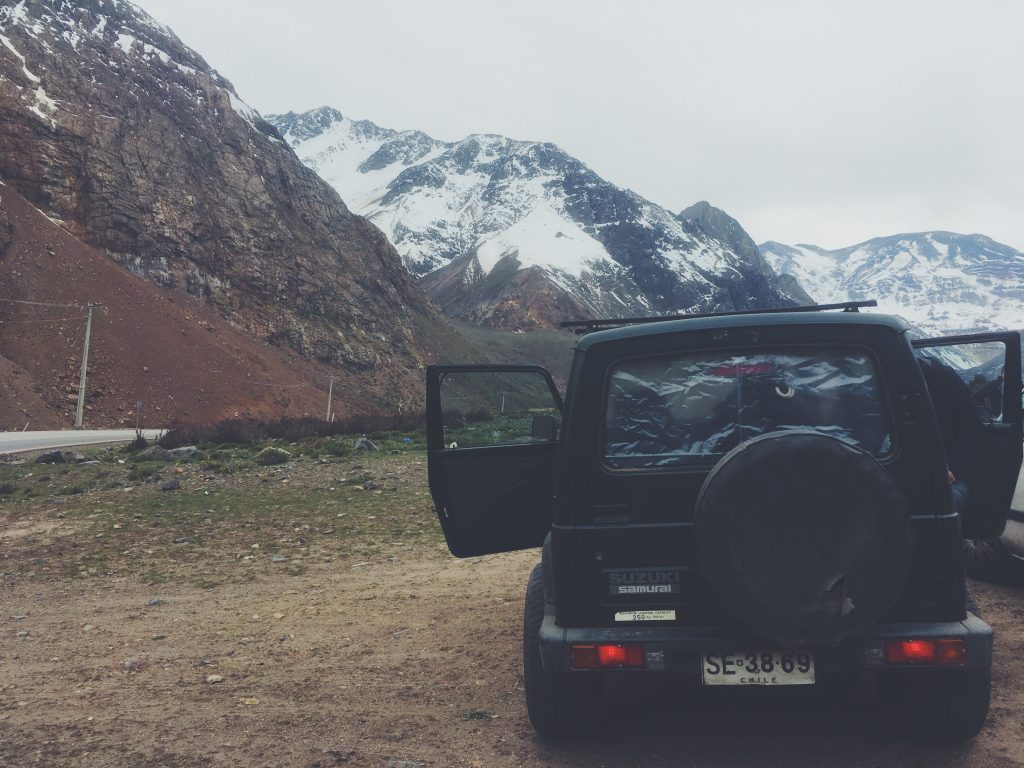
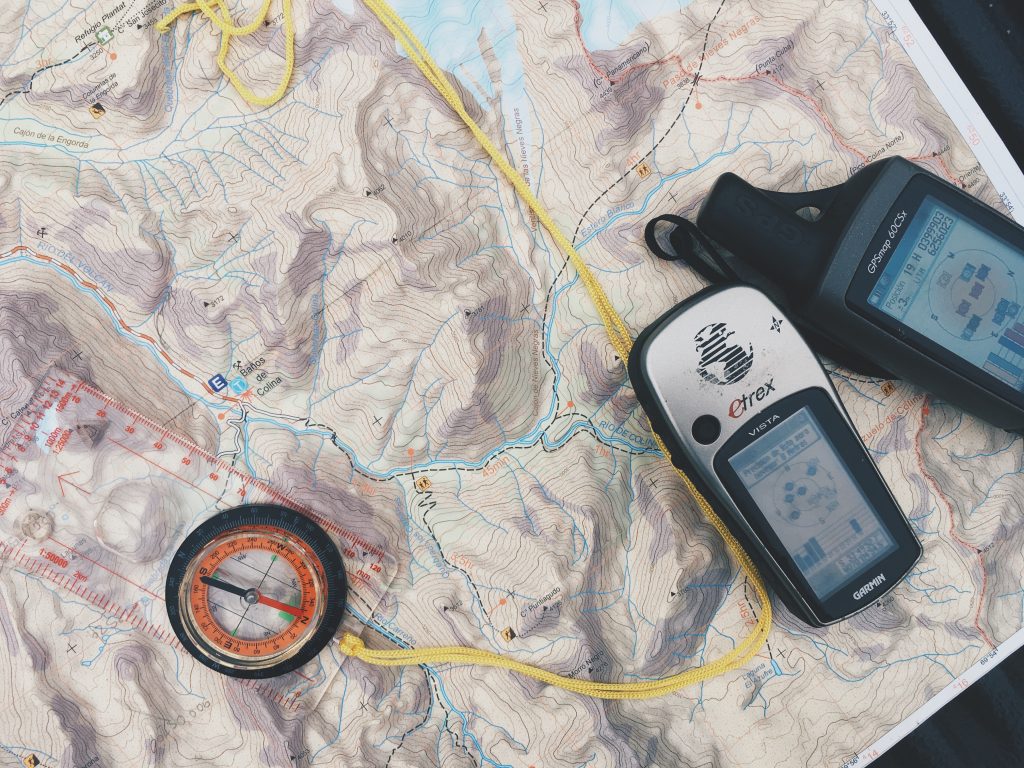
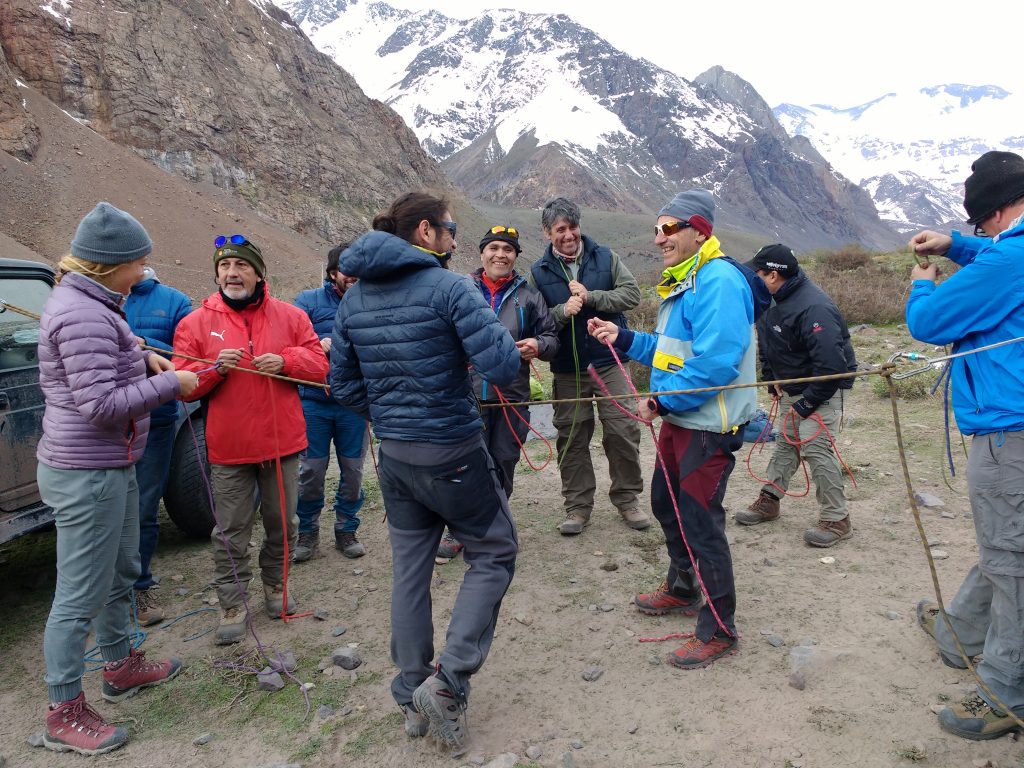


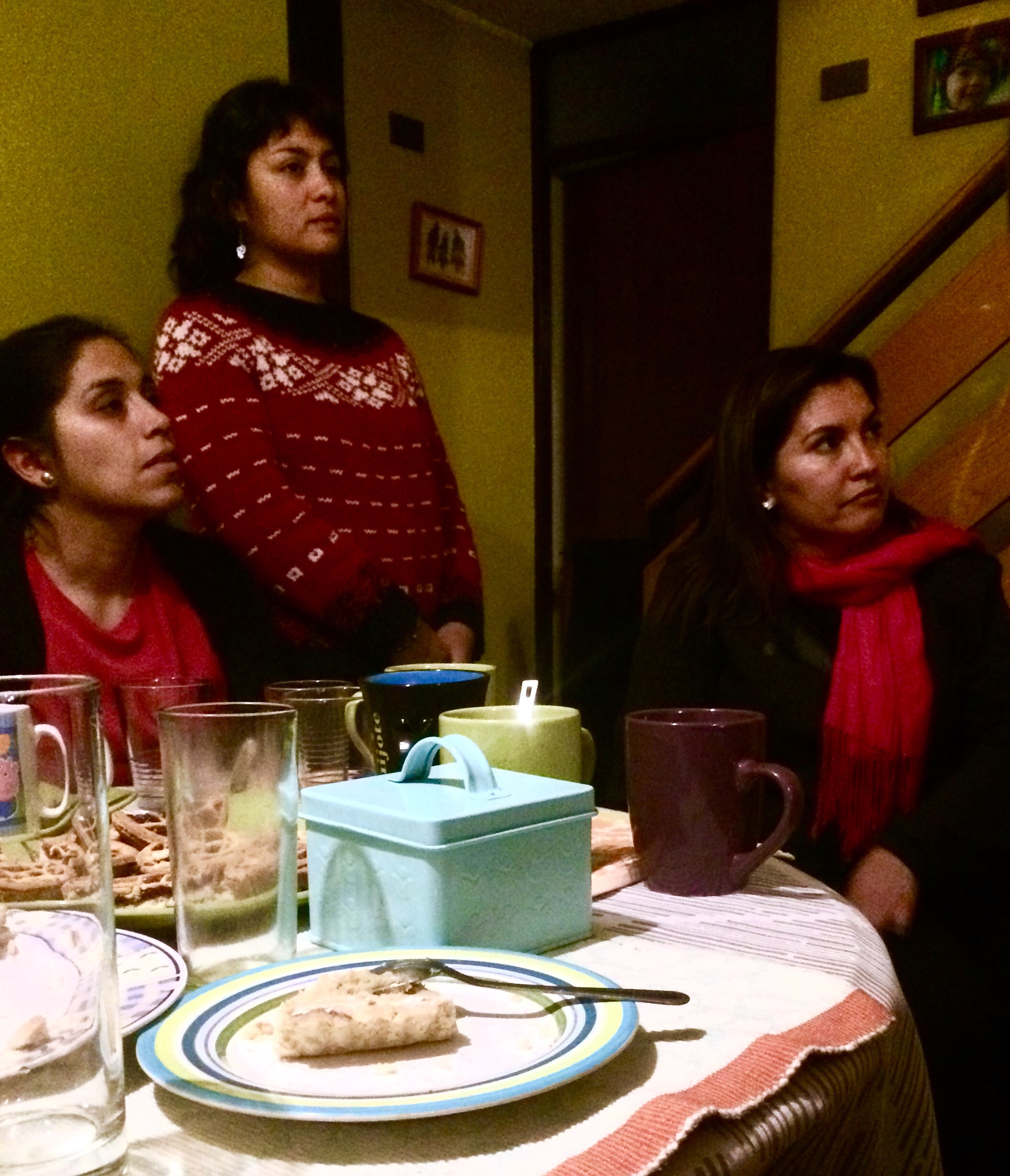

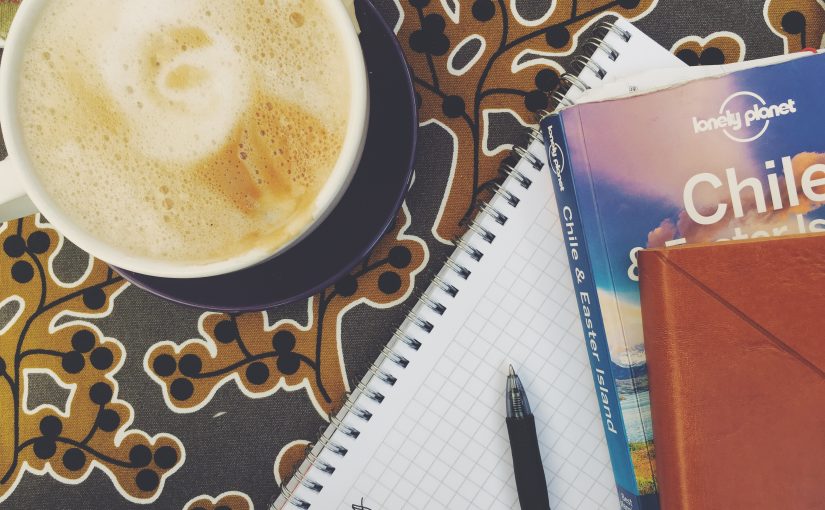

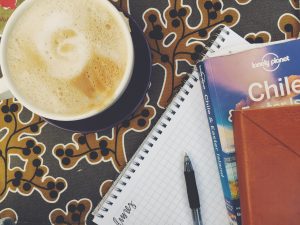


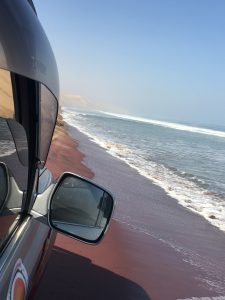
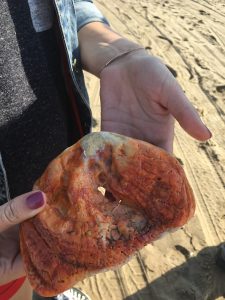
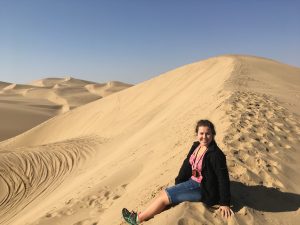
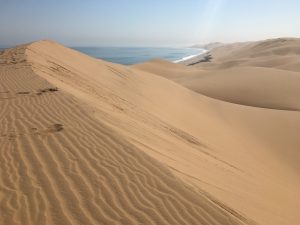


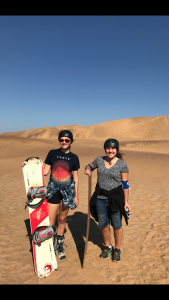

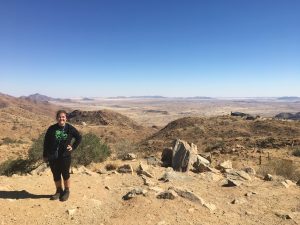


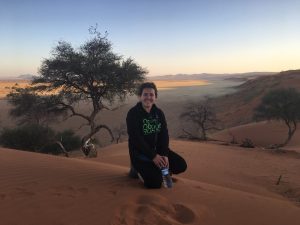
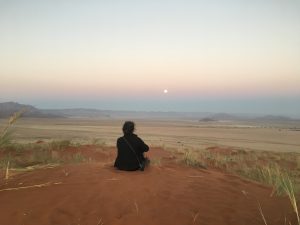
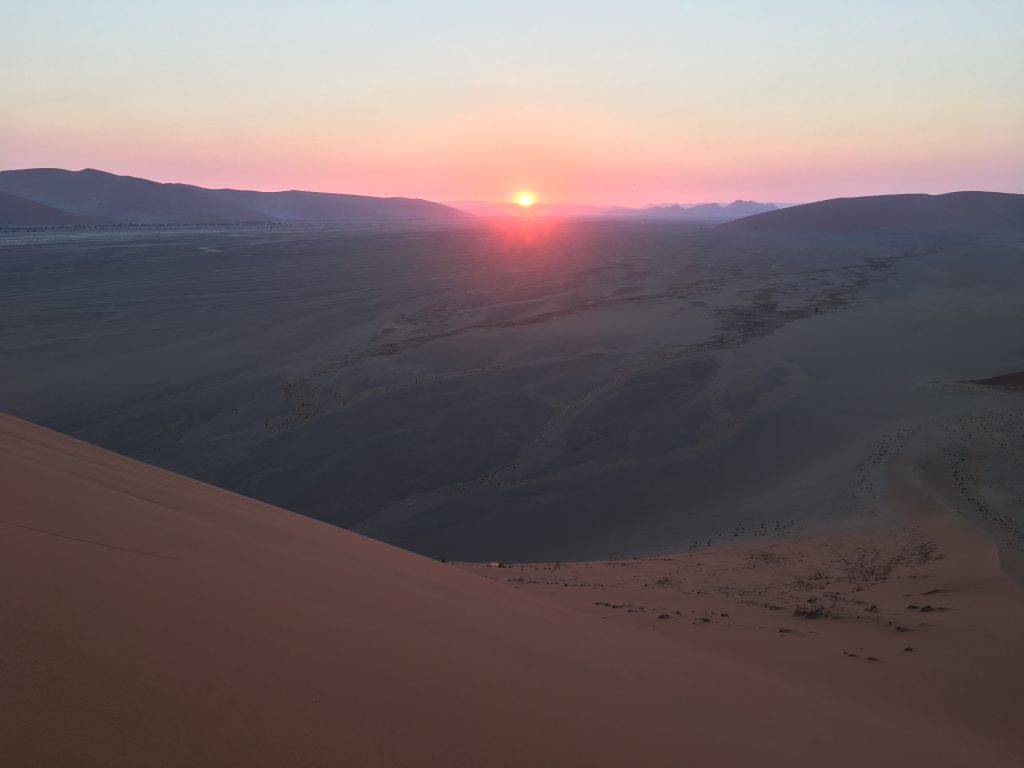
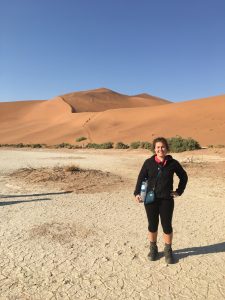
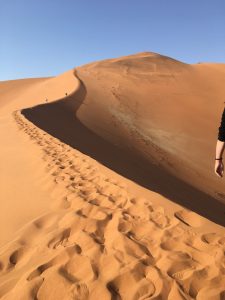
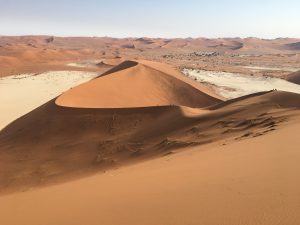
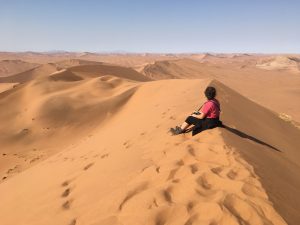
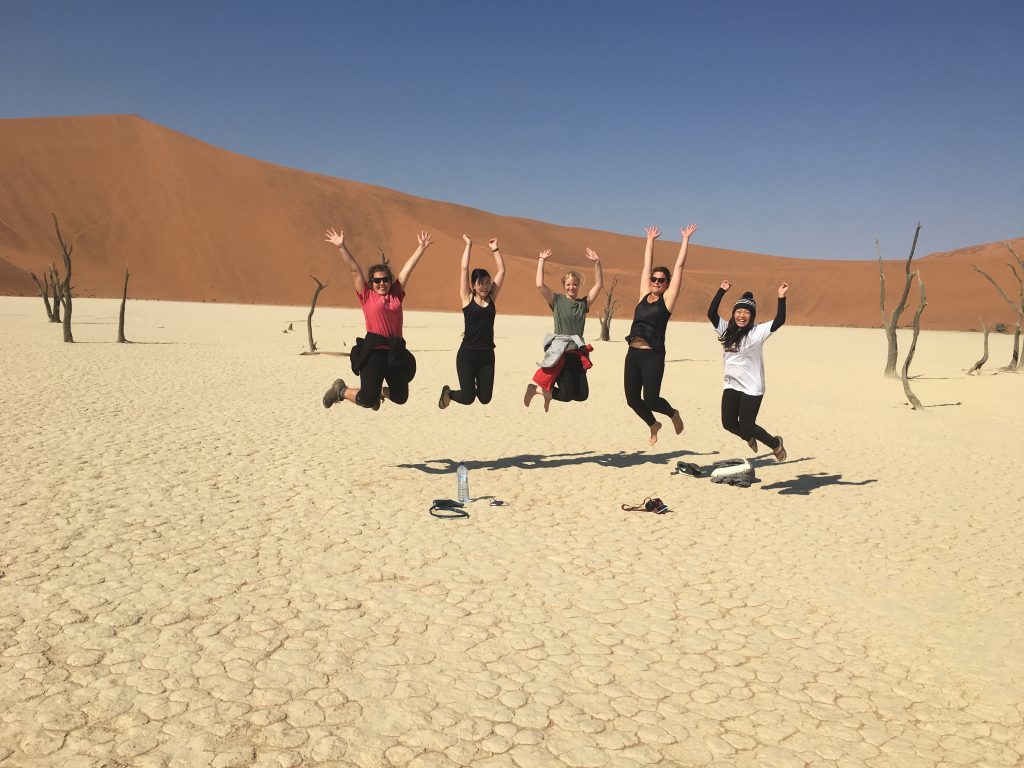

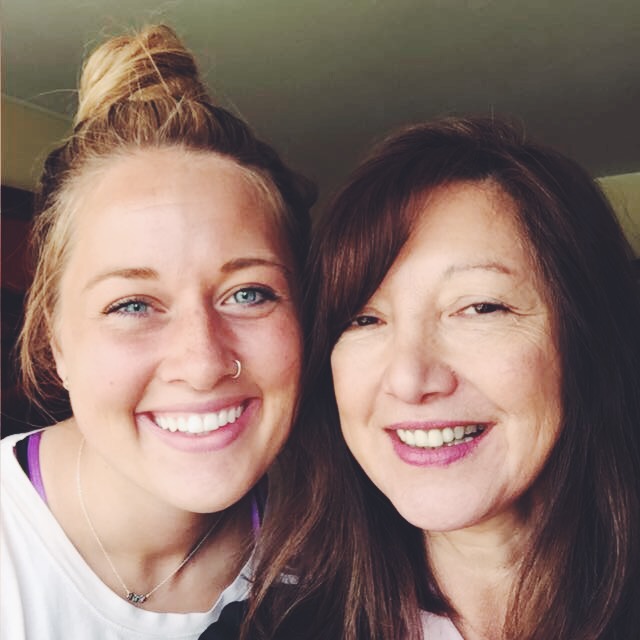

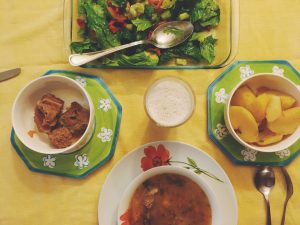
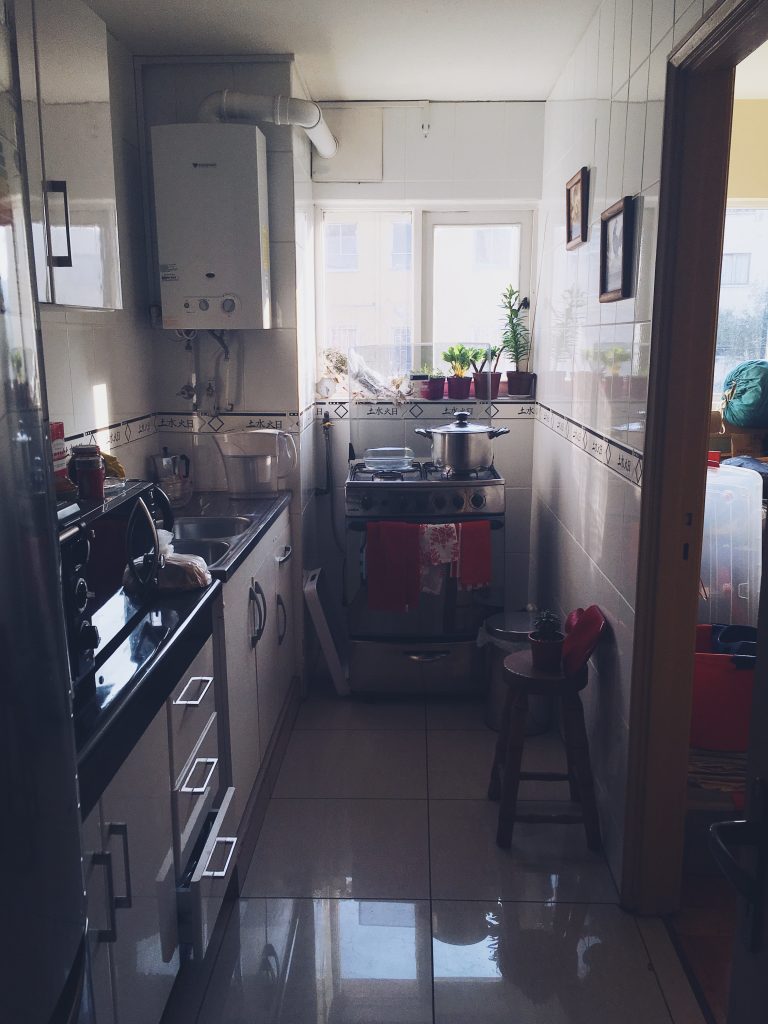


You must be logged in to post a comment.